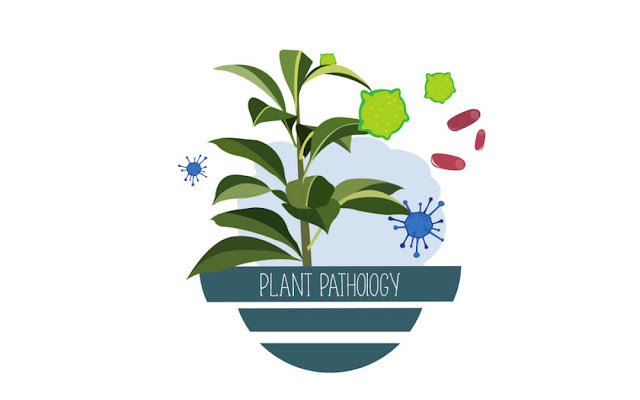Breast most cancers, like other cancers, happens due to an interaction between an environmental (external) issue and a genetically prone host. Normal cells divide as frequently as wished and stop. They connect to different cells and stay in place in tissues. Cells become cancerous after they lose their potential to forestall dividing, to attach to other cells, to stay wherein they belong, and to die on the proper time.
Normal cells will self-destruct (programmed cell death) when they're now not wanted. Until then, cells are protected from programmed demise by several protein clusters and pathways. One of the protecting pathways is the PI3K/AKT pathway; every other is the RAS/MEK/ERK pathway. Sometimes the genes along these defensive pathways are mutated in a manner that turns them permanently "on", rendering the mobile incapable of self-destructing when it's far now not wanted. This is one of the steps that reasons most cancers in aggregate with other mutations. Normally, the PTEN protein turns off the PI3K/AKT pathway while the cell is ready for programmed mobile dying. In some breast cancers, the gene for the PTEN protein is mutated, so the PI3K/AKT pathway is caught in the "on" function, and the most cancers cell does no longer self-destruct.
Mutations which can result in breast cancer were experimentally linked to estrogen publicity. Additionally, G-protein coupled estrogen receptors were related to various cancers of the woman reproductive device such as breast most cancers.
Abnormal boom issue signaling within the interplay between stromal cells and epithelial cells can facilitate malignant cell increase. In breast adipose tissue, overexpression of leptin leads to improved cellular proliferation and most cancers.
In the United States, 10 to twenty percentage of girls with breast most cancers or ovarian most cancers have a primary- or 2nd-degree relative with this kind of sicknesses. Men with breast cancer have a good higher likelihood. The familial tendency to develop these cancers is known as hereditary breast–ovarian most cancers syndrome. The great recognized of those, the BRCA mutations, confer a life-time threat of breast cancer of between 60 and 85 percent and a life-time danger of ovarian most cancers of among 15 and forty percentage. Some mutations associated with most cancers, together with p53, BRCA1 and BRCA2, occur in mechanisms to accurate errors in DNA. These mutations are both inherited or received after beginning. Presumably, they permit in addition mutations, which allow uncontrolled division, loss of attachment, and metastasis to remote organs. However, there is powerful proof of residual hazard version that goes nicely beyond hereditary BRCA gene mutations between carrier families. This is due to unobserved threat factors. This implicates environmental and different reasons as triggers for breast cancers. The inherited mutation in BRCA1 or BRCA2 genes can interfere with restore of DNA pass hyperlinks and DNA double strand breaks (regarded functions of the encoded protein). These cancer causing agents reason DNA harm which include DNA cross links and double strand breaks that regularly require repairs by means of pathways containing BRCA1 and BRCA2. However, mutations in BRCA genes account for only 2 to 3 percent of all breast cancers. Levin et al. Say that most cancers may not be inevitable for all carriers of BRCA1 and BRCA2 mutations. About half of of hereditary breast–ovarian most cancers syndromes involve unknown genes. Furthermore, sure latent viruses, may additionally decrease the expression of the BRCA1 gene and increase the hazard of breast tumors.
GATA-3 immediately controls the expression of estrogen receptor (ER) and other genes related to epithelial differentiation, and the loss of GATA-3 results in loss of differentiation and terrible diagnosis because of cancer cell invasion and metastasis.

























